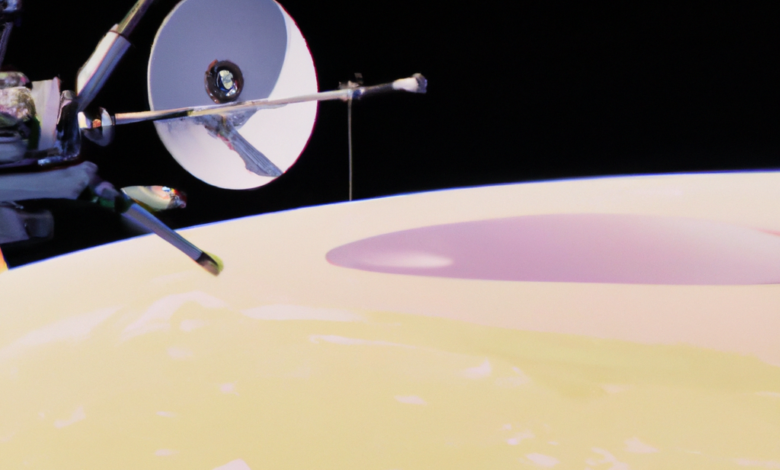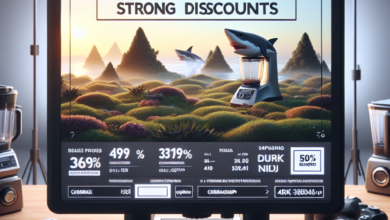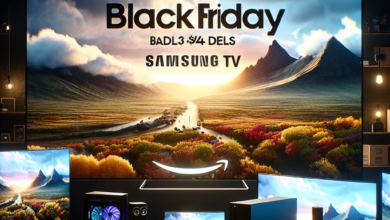Virtual Tune-Up Extends Voyager Probes’ Decades-Long Missions

Space exploration has always been a fascinating endeavor for humanity. The Voyager probes, launched by NASA in 1977, have been at the forefront of our interstellar exploration for over four decades. These remarkable spacecraft have provided us with invaluable data about our solar system and beyond. Now, thanks to a virtual tune-up, the Voyager probes are set to continue their missions for even longer, pushing the boundaries of our knowledge and understanding of the universe.
The Voyager Probes: A Brief Overview
The Voyager probes, Voyager 1 and Voyager 2, were launched in 1977 with the primary mission of studying the outer planets of our solar system. They successfully completed their initial objectives, providing us with unprecedented insights into Jupiter, Saturn, Uranus, and Neptune. However, their journey didn’t end there. These intrepid spacecraft continued to venture into interstellar space, becoming the first man-made objects to leave our solar system.
The Challenge of Maintaining Aging Probes
As the Voyager probes continue their epic journey, they face numerous challenges. One of the most significant obstacles is the aging of their onboard systems. Over time, the hardware and software that power these spacecraft become less reliable and more prone to failures. This poses a threat to the continuation of their missions and the transmission of valuable data back to Earth.
Traditionally, maintaining and updating the systems of space probes required physical intervention, which is not feasible for the Voyager probes due to their immense distance from Earth. However, scientists and engineers have come up with an innovative solution to this problem: a virtual tune-up.
The Virtual Tune-Up: Extending the Voyagers’ Lifespan
The virtual tune-up involves creating a virtual model of the Voyager probes and simulating their onboard systems. By doing so, scientists can identify potential issues, test software updates, and optimize the performance of the spacecraft without physically touching them. This virtual approach allows for continuous monitoring and improvement of the Voyager probes’ systems, ensuring their longevity and the success of their missions.
One example of the virtual tune-up’s effectiveness is the recent software update for Voyager 2. In 2020, engineers successfully uploaded new software to the probe, addressing a critical issue with its thrusters. This update was crucial in maintaining the probe’s orientation and ensuring the accuracy of its data collection. Without the virtual tune-up, such a fix would have been impossible, potentially leading to the premature end of Voyager 2’s mission.
The Benefits of Virtual Maintenance
The virtual tune-up approach offers several significant benefits for the Voyager probes and future space exploration missions:
- Cost-effectiveness: Virtual maintenance eliminates the need for costly physical interventions, saving resources that can be allocated to other scientific endeavors.
- Time efficiency: With virtual maintenance, updates and optimizations can be implemented more quickly, reducing downtime and maximizing the probes’ scientific output.
- Improved reliability: Continuous monitoring and virtual testing allow for the early detection and prevention of potential failures, ensuring the probes’ reliability throughout their extended missions.
Looking Ahead: The Future of Space Exploration
The success of the virtual tune-up for the Voyager probes opens up exciting possibilities for the future of space exploration. As we continue to push the boundaries of our knowledge, this virtual maintenance approach can be applied to upcoming missions, enabling us to explore even more distant and challenging destinations.
For example, upcoming missions like the James Webb Space Telescope, set to launch in 2021, could benefit from virtual maintenance techniques. By simulating and optimizing the telescope’s systems, we can ensure its longevity and maximize its scientific potential.
In Conclusion
The virtual tune-up has proven to be a game-changer for extending the missions of the Voyager probes. By simulating and optimizing their onboard systems, scientists and engineers can overcome the challenges posed by aging hardware and software. This innovative approach not only ensures the continuation of these iconic missions but also paves the way for future space exploration endeavors. As we look to the stars, the virtual tune-up will undoubtedly play a crucial role in unlocking the mysteries of the universe.




